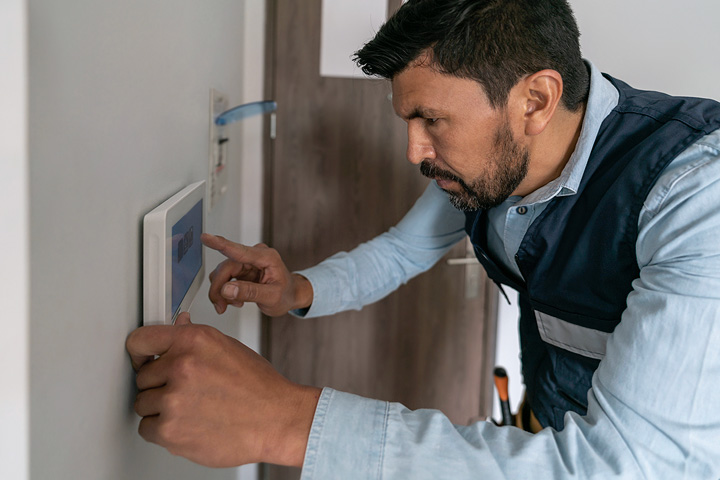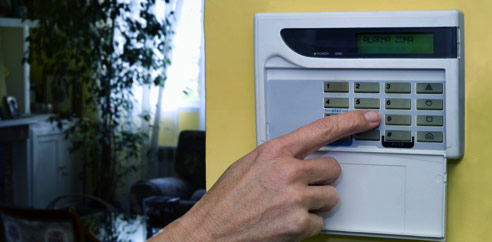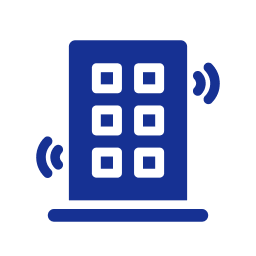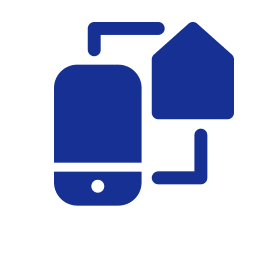Can I use my existing home security system when switching providers?
 If you’re considering switching security providers and wondering if you can continue using your existing system components, you’re not alone. This is a common question for homeowners who want to use a different monitoring technology without incurring the cost of replacing their entire system.
If you’re considering switching security providers and wondering if you can continue using your existing system components, you’re not alone. This is a common question for homeowners who want to use a different monitoring technology without incurring the cost of replacing their entire system.
Whether you’ve just moved to a new home with an existing system or your relationship with your current provider has soured, you’ll be pleased to know that switching providers is often possible. In some cases, a new company can perform a complete system takeover. In other instances, they’ll have to work around your existing provider’s proprietary system. Below, we’ll cover what you need to know about switching providers and detail the process step by step.
Understanding system takeovers
A system takeover is when a new security provider assumes control of your existing security system. A takeover enables you to use the equipment you already have while benefiting from the services and monitoring of a different company.
Most often, homeowners explore the option of a system takeover because:
- They’re dissatisfied with their current provider’s service quality
- They found a new provider offering more advanced features
A system takeover can be an attractive option because it often means you won’t have to invest in new equipment, saving you both time and money. Before proceeding with a takeover, it is crucial to verify whether your existing system is compatible with the new provider’s technology.
Not all security systems are designed to work seamlessly across different platforms; some might have proprietary components that could limit your options. During this stage, the new provider will assess your current system to determine if they can take it over and whether any adjustments or upgrades are necessary.
Be aware of proprietary systems when switching security providers
One of the biggest hurdles you might encounter when switching security providers is dealing with proprietary systems. Proprietary systems are security systems designed to work exclusively with a specific provider’s technology and services. In other words, these systems are “locked” to that provider, limiting your ability to switch to a different company without facing significant challenges.
The main issue with proprietary systems is their lack of flexibility. A new provider may be unable to access or reprogram the system, rendering it useless. This situation could force homeowners to replace their existing equipment entirely, leading to additional costs that might not have been anticipated when considering a switch.
Moreover, proprietary systems often have features or configurations unique to the original provider. This means that even if some components are compatible, you might lose access to certain functionalities or need to compromise on the level of service when switching to a new provider.
Workarounds
Despite the challenges, there are potential workarounds for dealing with proprietary systems. The first step is to determine whether you can unlock the system. In some cases, the original provider might agree to unlock the system, allowing the new provider to reprogram it. However, this isn’t always possible, especially if the provider has policies against it or if the system’s design inherently prevents unlocking.
Another solution is to discuss options with the new provider. Some security companies are equipped to handle certain proprietary systems, either by using specialized tools or by offering partial takeovers where only some system components are replaced.
The issue of lockout codes
Lockout codes are security features embedded in some alarm systems that restrict access to the system’s programming and settings. The original provider often sets these codes to prevent unauthorized changes, but they can become a major hurdle when switching to a new security company.
If the lockout code isn’t provided or reset by the original provider, the new provider might be unable to reprogram or take over the system.
You may need to contact your current security provider to release the lockout code or have the new provider perform a system reset. However, this could potentially lead to losing some system configurations.
The process of switching security providers
Switching security providers while keeping your existing system involves several key steps to ensure a smooth transition:
- Initial Consultation: Start by scheduling a consultation with the new provider. They will assess your current system to determine compatibility and discuss any potential challenges.
- System Compatibility Evaluation: The new provider will evaluate your existing equipment in detail to determine if they can integrate it with their services. This step is crucial to identify any proprietary components or lockout codes that might complicate the process.
- Negotiation and Contract Review: Before making the switch, review any contracts with both your current and potential new providers. Look for hidden fees, termination clauses, or requirements that could impact the transition. Ensure you understand all terms before moving forward.
- System Reconfiguration: If your system is compatible, the new provider will reprogram or reconfigure it to work with their monitoring and services. This may involve resetting certain components or installing additional equipment to ensure full functionality.
- Testing and Activation: After the reconfiguration, the new provider will thoroughly test the system to confirm everything works correctly. Once the system passes all tests, it will be activated under the new provider’s monitoring and support.
Switching security providers while keeping your existing system is possible. But, you must consider factors like proprietary technology, and lockout codes. Understanding these elements and following the proper process will help you make a smooth transition with minimal disruption. If you’re considering a switch, contact American Alarm to explore your options and ensure your security remains uncompromised.
NEXT STEPS:
- Contact us today to learn more about our services.
- Learn more about what home security means to us.
- Subscribe to our blog to stay informed about the latest security news and insight.

















